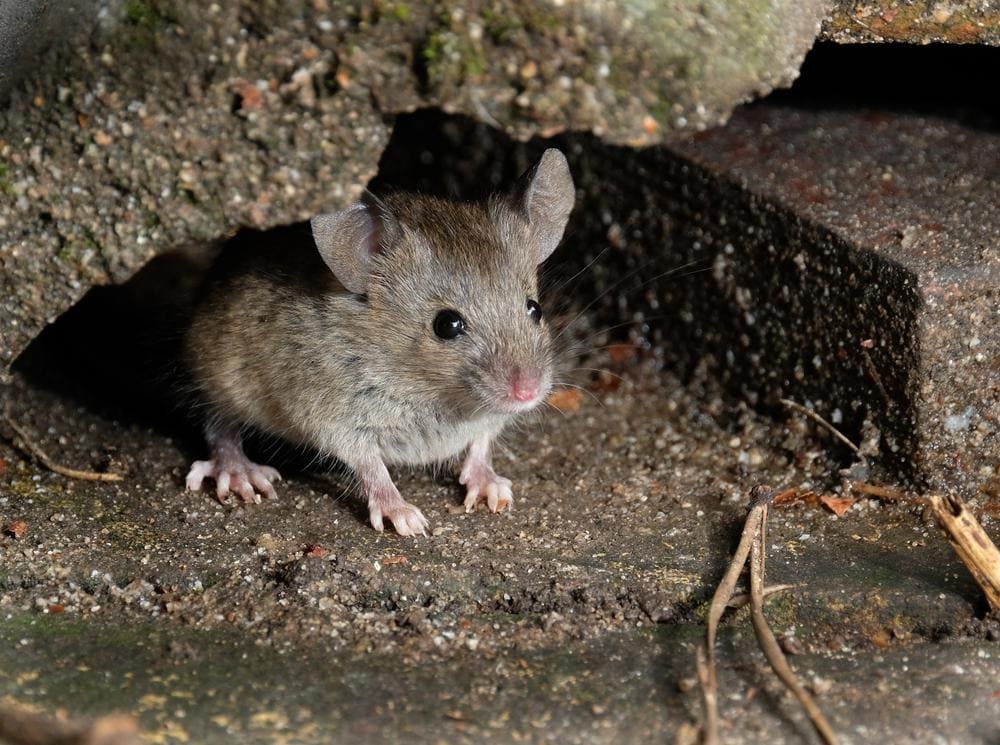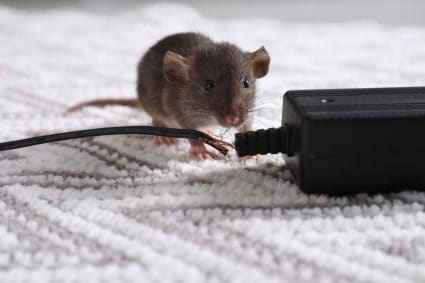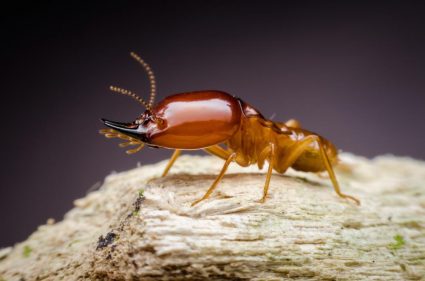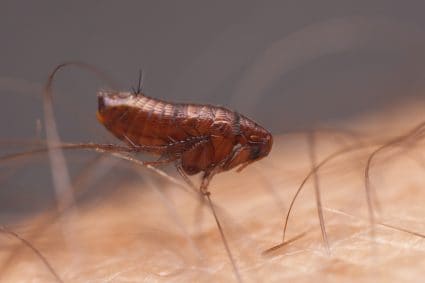
Keeping mice out of your cabinets can seem like a daunting task, but with the right knowledge and tools, it can be quite simple. In this comprehensive guide, we will cover everything you need to know about keeping mice out of your cabinets, from identifying the signs of an infestation to implementing effective prevention strategies.
To keep mice out of cabinets, you need to seal all potential entry points using materials like steel wool, maintain cleanliness, store food in sealed containers, and use natural repellents such as peppermint, cinnamon, and vinegar. Install physical barriers like door sweeps and hardware cloth, and keep cabinets well-lit as mice prefer dark areas. If you already have a mice infestation, use humane traps and deep clean the cabinet, sealing all entry points afterwards. Regular inspection and maintenance are key to long-term effectiveness.
Understanding the Problem: How do Mice Enter Cabinets?
Mice are small and agile creatures capable of squeezing through holes as small as a dime. They commonly enter cabinets through:
- Cracks, holes, and crevices in the carpentry: Even minor damage can provide an entry point for these tiny invaders.
- Openings around utility pipes, electrical conduits, and communication cables: These provide a direct pathway for mice to access your cabinets.
- Gaps around plumbing under the sink and electrical connections to appliances: Any gaps in these areas can provide entry points for mice.
Warning Signs of Mice in Your Cabinets
Before you start mouse-proofing your cabinets, it’s essential to know if you have a mice problem. Some signs to look out for include:
- Droppings: Mice droppings are black, oval-shaped, and about the size of a grain of rice.
- Ammonia-like smell: Mice urine gives off a strong ammonia-like smell, especially in enclosed spaces.
- Chewing damage: Mice can chew through wood, shelf paper, or food packaging.
- Nesting material: Mice use materials like shredded paper, fabric, or dried plant matter to build their nests.
- Noise: Mice are nocturnal, so you might hear them scurrying around at night.
Effective Measures to Prevent Mice from Entering Cabinets
Prevention is always better than cure, and this is particularly true when dealing with mice infestations. Here are some strategies that can help keep mice out of your cabinets:
- Seal gaps and holes: Use steel wool to seal any small gaps or holes in your cabinets. Mice cannot chew through steel wool, making it an excellent barrier.
- Maintain cleanliness: A clean kitchen is less likely to attract mice. Make sure to clean up any food spills immediately and keep your countertops and cabinets clean.
- Store food in sealed containers: Mice are attracted to food sources. Storing food in airtight containers can help deter them.
- Use natural repellents: Mice dislike the scent of peppermint, cinnamon, and vinegar. You can create a spray mix of these and spray it around your cabinets.
- Install door sweeps and hardware cloth: These physical barriers can prevent mice from entering your cabinets.
- Keep cabinets well-lit: Mice prefer to hide in dark areas, so bright lights can deter them.
How to Safely and Humanely Remove Mice from Cabinets
If you already have a mice infestation, here are some steps you can take to safely and humanely remove them:
- Deep clean the cabinet: Remove all items from the cabinet and clean it thoroughly. Be sure to wear gloves and a mask to avoid contact with droppings and urine.
- Use humane traps: Set up live traps in your cabinets. Check these regularly and release any captured mice at least a mile away from your home.
- Use natural repellents: Soak cotton balls in peppermint oil, vinegar, or other scents that mice dislike and place these in your cabinets.
- Seal all entry points: Identify and seal all potential entry points to prevent more mice from entering.
Ensuring Long-Term Effectiveness
To ensure these preventative measures remain effective, you should:
- Regularly inspect your cabinets for signs of mice activity.
- Maintain cleanliness and store food in sealed containers.
- Regularly replace natural repellents.
- Regularly check and fix any new gaps or holes in your cabinets.
By following the tips and strategies outlined in this guide, you can effectively keep mice out of your cabinets and maintain a clean, rodent-free kitchen. Remember, the key to preventing mice infestations is being proactive and vigilant.
Frequently Asked Questions
What are some other natural repellents I can use against mice?
Apart from the ones mentioned in the article (peppermint, cinnamon, and vinegar), other natural repellents that can be effective against mice include cloves, chili powder, and bay leaves. You can leave these in areas where you suspect mice activity.
How often should I replace the natural repellents?
The frequency of replacement can depend on the type of repellent and the environmental conditions, but a good rule of thumb is to replace or refresh the natural repellents every 2-3 weeks, or when you notice the scent has faded.
Can I use poison or lethal traps to get rid of mice in my cabinets?
While poison and lethal traps can be used to control mice infestations, they should be used with caution due to their potential risks to pets, children, and non-target wildlife. Furthermore, dead mice can cause unpleasant odors if they die in inaccessible places. That’s why this guide focuses on safe and humane methods of mice control.
Can a professional pest control service help with mice infestations?
Yes, professional pest control services can help eliminate mice infestations and provide advice on prevention strategies. If your infestation is large or difficult to manage, it may be beneficial to hire a professional.











